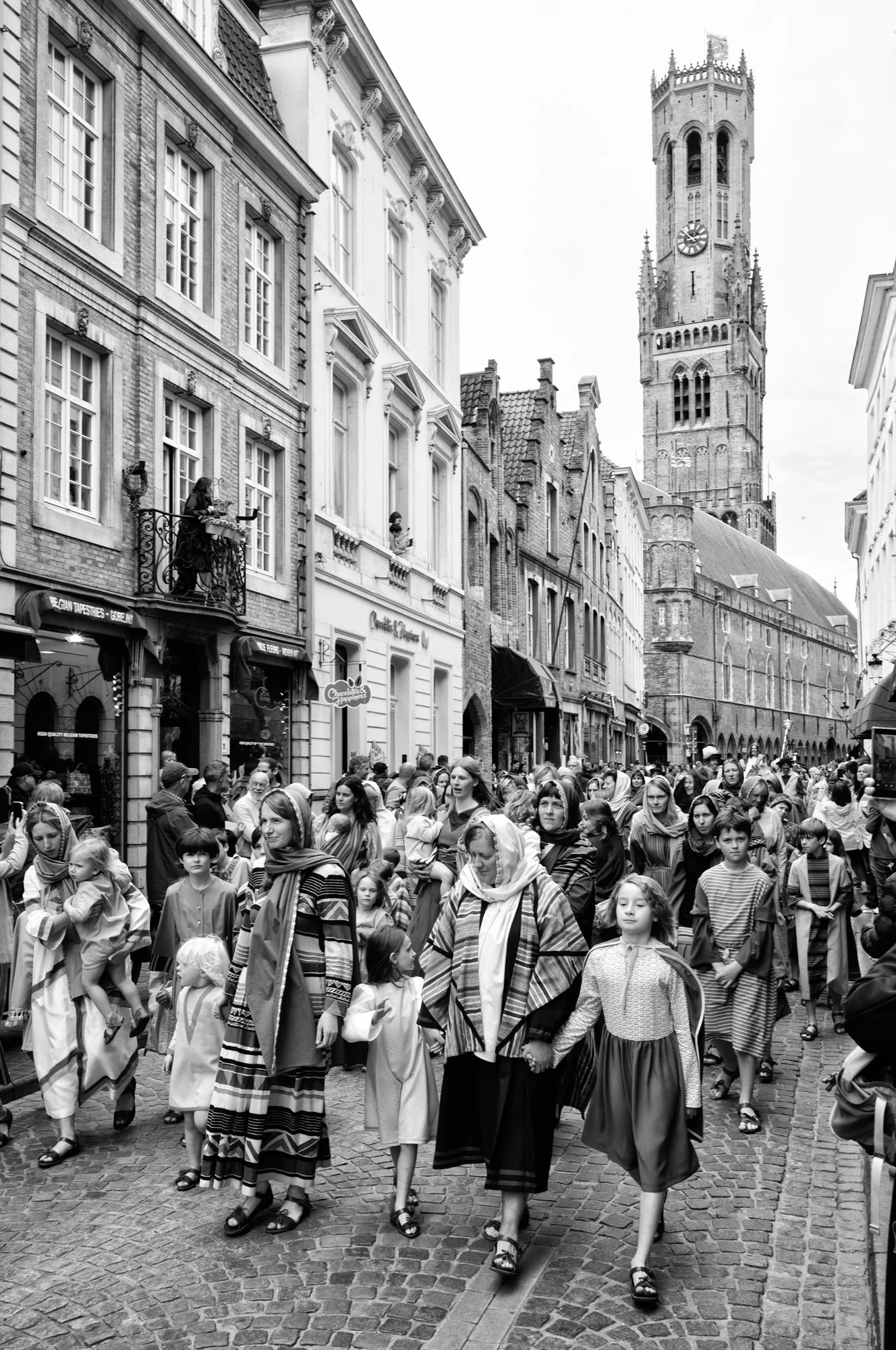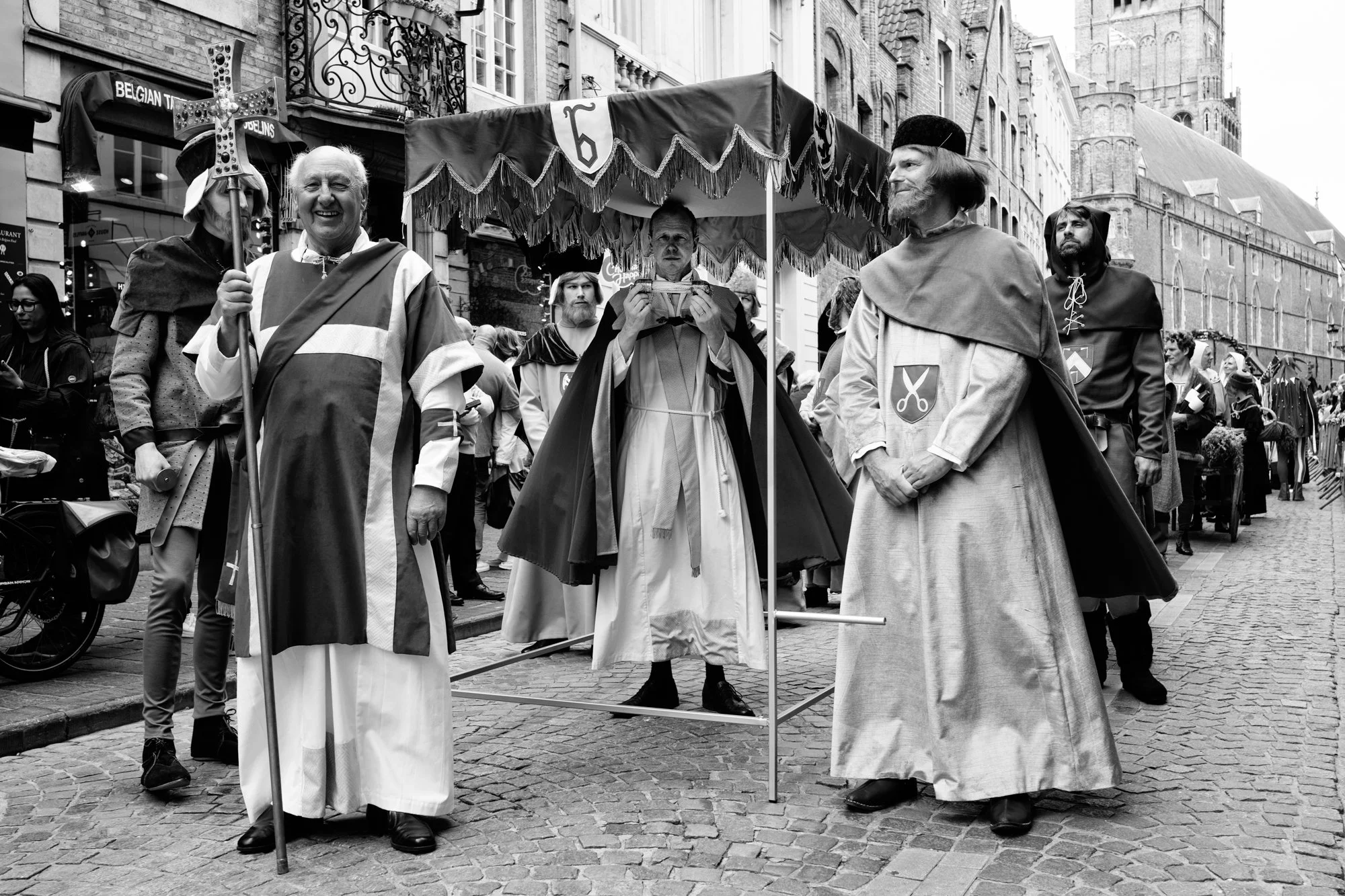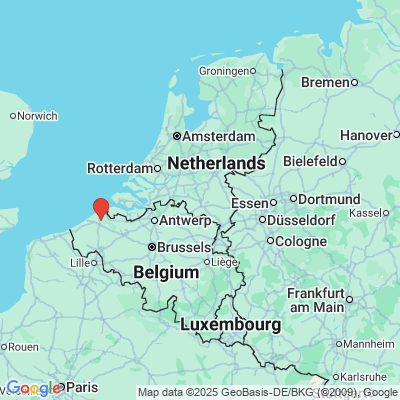The procession in Bruges’ medieval streets during the annual Heilig Bloedprocessie, with the Belfry in the background.
Each spring, on Ascension Day, Bruges transforms into a living pageant of faith and memory. The Heilig Bloedprocessie—the Procession of the Holy Blood—winds through the medieval streets of this Belgian city with a splendor that has mesmerized pilgrims and travelers for centuries. Cloaked in music, incense, and the glint of sunlight on gilded relics, it is one of Europe’s oldest and most dramatic religious processions.
A Relic with a Long Journey
At the heart of the celebration is a crystal vial said to contain a few drops of Christ’s blood, preserved in solidified form. According to tradition, the relic was brought from the Holy Land to Bruges in the mid-12th century by Thierry of Alsace, Count of Flanders, returning from the Second Crusade. Whether by legend or miracle, the story fired medieval imaginations and turned Bruges into a center of devotion. The relic is housed in the Basilica of the Holy Blood, a Romanesque-Gothic gem on the Burg square.
A Procession Through Time
The earliest written record of the procession dates back to 1303, and for over seven hundred years it has taken place almost without interruption—through wars, revolutions, and changing eras of belief. What began as a solemn display of piety gradually expanded into a vast civic spectacle. Guilds, religious fraternities, and citizens joined in, carrying banners, portraying biblical scenes, and reenacting the arrival of the relic in Bruges.
Today, more than 1,700 participants in rich medieval costume retrace these layers of history. They process alongside the reliquary itself, which is borne aloft under a canopy of silk and gold. Brass bands and choirs fill the air with ancient hymns, while children scatter petals on the cobblestones.
A Living Heritage
For Bruges, the Heilig Bloedprocessie is more than a pageant; it is a living bond between city and past. The procession has been recognized by UNESCO as part of the Intangible Cultural Heritage of Humanity, underscoring its enduring spiritual and cultural significance.
Whether one comes as a believer, a lover of history, or simply a curious traveler, witnessing the Heilig Bloedprocessie is like stepping into a medieval painting suddenly alive—where faith and folklore, devotion and community pride, continue their slow, timeless walk through the heart of Bruges.
The relic of the Holy Blood shown by a priest, Bruges (Belgium).



